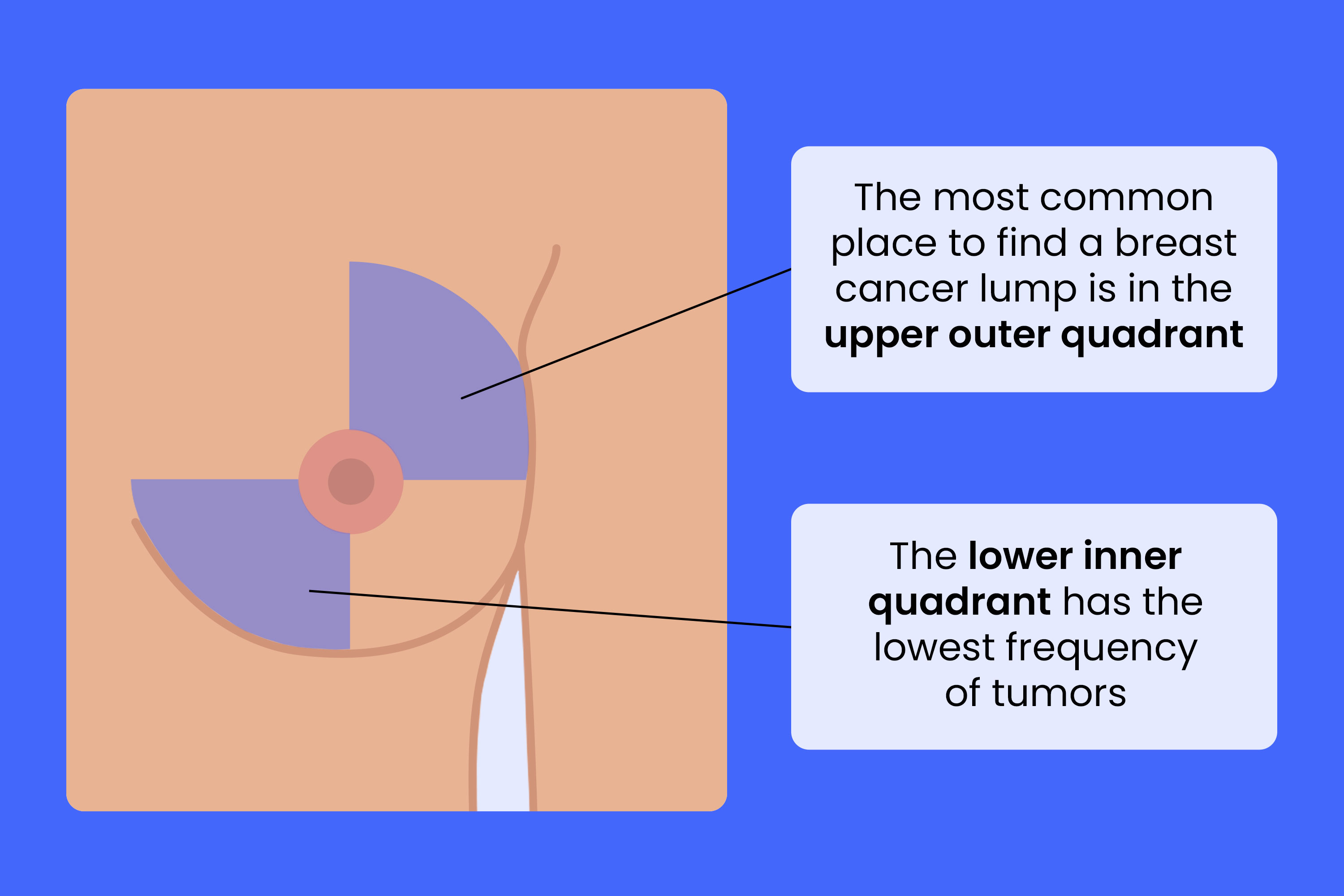
Let’s Get Real About Bumps
Here’s something wild: about 93% of us link any new breast lump straight to cancer in our heads. And hey, that anxious jolt? Totally normal. But did you know most breast lumps are harmless annoyances—cysts that show up for a week and ghost you, or super-dramatic tissue that reacts to every single hormone swing? Still, now and then, those little bumps matter… which is why pictures of breast cancer lumps and real talk can honestly change lives.
Stick with me on this one. This isn’t a textbook lecture—think of it like having coffee with a friend who’s a little obsessed with weird health facts. No judgment here (I once freaked out over a totally harmless bruise on my chest…true story). Over the next few minutes, you’ll know what to look for, what’s actually scary, and why being familiar with your own skin is so darn empowering.
What Does a “Lump” Even Mean?
Let’s play a quick game: close your eyes and poke every inch of your chest, collarbone, and armpit. (Not in public, unless you like attention…) Did you find anything? Welcome to the club! Breast tissue has so many weird textures, it’s basically like trying to memorize the world’s lumpiest potato. Pictures of breast cancer lumps from trusted sites help, but let’s break down feels and looks first.
First up: most breast cancer lumps are hard, irregular, and don’t wiggle when you poke them. Benign lumps (the chill ones that just want to hang out) are usually softer, smooth, or even bouncy. Imagine a small grape under the skin versus an unripe, slightly jagged plum. Not sure? Don’t panic—breast changes are almost always normal, especially before your period.
Bumps Aren’t One-Size-Fits All
So if you find a lump and your brain screams, “PANIC!”, hold up. Cysts feel squishy, like a teeny water balloon. Fibroadenomas (the chill, most common benign lump) are rubbery and move around easily if you press. But the more sinister types? Those feel like hard knots, stuck in place. Sometimes, they bring friends: dimpling, skin changes, or swelling. According to research on 7 Pictures of Breast Cancer, some malignant lumps also come with skin changes—dimpled or puckered, yellowish or reddish, kind of like the skin of an orange. Gross but good to know!
Lump Table: Fast Cheat Sheet
| Type | Feels Like | Moves If Pressed? | Most Common In |
|---|---|---|---|
| Cyst | Soft, squishy, fluid-filled | Yes | Younger folks, PMS queens |
| Fibroadenoma | Firm, rubbery, but mobile | Yes | Under 50 |
| Cancerous lump | Hard, irregular, fixed in place | No | More common over 50, but rising in younger |
Just a note: None of these guarantee cancer or safety—this is like a starting point, not a magic fortune cookie.
So… What Do Pictures of Breast Cancer Lumps Actually Show?
Think of medical images as the “Where’s Waldo” of the health world. You’re hunting for the odd one out. In most graphic pictures of breast cancer, the lump itself might not even show as a scary growth—it might just look like a small, oddly firm area, an indentation or even thickened skin. There are photos out there (trust me, some are almost TMI), and they show the full menu: raised, puckered, swollen, bright red, or only visible on scans.
Quick story. My friend Molly, who has absolutely zero chill about health, one day felt a BB-sized lump. She panicked, googled for too long, and… it turned out to be a harmless milk duct. Still, seeing real-world pictures of breast cancer lumps online helped her realize hers was missing the warning signs—no dimpling, no fixed spot, no weird discharge.
The truth is, sometimes those “lumps” aren’t even lumps you can see. They’re spots that show up only with a mammogram or, the hero for younger people: pictures of breast cancer lumps on ultrasound. (Ultrasound is like the TikTok of breast imaging—fast, visual, and surprisingly revealing where fingers and mammograms might miss.)
No “Perfect” Check—Just Know What’s Normal for YOU
Here’s where I want to bust a super outdated myth: You do NOT need to do awkward monthly breast exams in the shower, poking yourself like you’re kneading bread. That’s old advice. What actually matters? Knowing what’s normal for you—so when something’s off, your Spidey-sense tingles.
A lot of experts and foundations now say “pick one day every month—maybe your birthday, payday, or a random Tuesday you always remember.” Just quietly, gently check your boobs, up to your collarbone and into your armpits. Are they lumpy? Soft? Squishy? All good unless…
Red Flags That Are Worth Your Attention
Let’s break it down, one more time, with the help of trusted research on breast cancer symptoms and some highly visual guides:
- Hard, immovable lump that doesn’t come and go with your cycle
- Swelling on just one side, or under your arm
- Dimpling or puckering (like an orange peel)
- Funky skin—red, scaly, or dark
- Pain that’s new and sticks around, even when your period is long gone
- Nipple that inverts, oozes, or changes shape
If that’s sounding familiar, reach out to your doc. But if you only notice lumpy, bumpy, or sore boobs that come and go, odds are, it’s just being human.
Why Some Cancers Don’t Start With a Lump (Yep… Seriously)
Plot twist: most breast cancers don’t even announce themselves with a lump. Some hide as thick skin, redness, or swelling—especially aggressive types like inflammatory breast cancer. (Imagine waking up with what you think is a random rash or bug bite… and it sticks around or gets angrier. That’s when you call the doc, no shame.)
A friend of mine, Tanya, finished nursing her baby and noticed her breast got red and swollen. First thought: mastitis. But it got worse. Good thing her doctor knew what to look for, because it turned out to be one of those sneaky forms—no classic lump, just swelling, heat, and skin changes. Tanya’s story is a huge reason I rave about knowing your graphic pictures of breast cancer symptoms, not just funding yourself searching for a “pea” under the skin.
Do yourself a favor: if you see your skin looking thick or lumpy in ways that lipstick and lotion can’t fix—call for a professional opinion, fast. (No “wait and see” here.)
Why Ultrasound Is a Game Changer (and Not As Scary As It Sounds)
Confused after a mammogram? Especially if you have dense breasts, don’t stress—mammograms are like using Google Maps on a foggy morning. Sometimes you need the clear satellite view, and that’s where ultrasound comes in.
Some of the most helpful pictures of breast cancer lumps come from ultrasound. It’s non-invasive, no squishing, kind of relaxing if you ignore the cold gel. Even tiny or deep lumps show up crystal clear—and if you want to see what that looks like, check out pictures of breast cancer lumps on ultrasound. (In real life, they look like odd, almost ghosty shadows against normal tissue.)
Seriously, a lot of people (including me) get super worked up after a “questionable” mammogram, but ultrasound often just shrugs and says, “nah, false alarm.”
Not Every Lump Is Bad News—But Don’t Guess
Let’s keep it one hundred: even doctors can’t tell a lump’s story by feel alone. Some benign ones are weirdly hard; some cancerous ones are suspiciously soft. You need good imaging, a solid doc, and sometimes a quick biopsy to be sure. That’s it. Zero shame in being cautious.
A little embarrassing story—my aunt found a lump during her birthday “TLC check.” She panicked. The doctor took a look, did an ultrasound, and found…drumroll…an old milk duct. Aunt hugged the tech, cried, and now shares her story to remind us: Don’t sit on your worries.
Need more visuals or reassurance? Sometimes just scrolling through graphic pictures of breast cancer can help put your mind at ease (or help you realize it’s time to get checked).
So, When Should You Call For Backup?
Here’s a not-so-secret secret: it’s totally fine to check in with your doctor for anything weird, even if it turns out to be nothing. Never feel silly! If a lump doesn’t change, feels “rocky,” or comes with other changes (skin, size, pain, discharge), just book the visit.
Especially if you’re under 40, remind your provider that breast cancer is showing up in younger folks more often these days. (No guilt trip, just Stat Chat: Black women are diagnosed at younger ages and with more aggressive tumors, so take changes seriously, okay?)
Sometimes a doctor will order a mammogram, sometimes an ultrasound. If you want a sneak peek at what shows up on those scans, take a relaxed scroll through pictures of breast cancer lumps on ultrasound. It might even help you talk more confidently at your appointment.
Let’s Wrap It Up (Don’t Wait… Just Ask)
Okay, if you’ve made it this far, take a breath—because you now know more than most people ever will about what real breast cancer lumps look and feel like. You know the warning signs, the fakers, the sneaky ones that hide on scans, and those that never even show up as lumps at all.
Here’s my advice, straight from the heart: Don’t drive yourself nuts poking, squishing, and googling every mole or bump. But do learn your normal, take action when you spot something new, and never feel silly for asking your doctor. Information isn’t fear—it’s power. Most lumps? Harmless. But one check could save your life, or just hugely lower your stress.
You’ve got a whole community of folks (seriously, just look at the stories in breast cancer forums) who’ve had those same sleepless nights and “wait, is that normal?!” moments. Don’t go it alone. Lean on tech—like pictures of breast cancer lumps—and be kind to yourself. Familiarity is the best superpower.
Take your pick: mirror, shower, random Wednesday, or after yoga—just look and touch sometimes, with curiosity, not fear. If anything gives you a bad feeling, call in the experts (your doc, or those graphic pictures of breast cancer for backup). You’re not running a race or passing a test here. Just listening to your own body… which, by the way, is pretty great at talking if you learn to tune in.
Go on, make friends with your breasts (or chest—guys get this too!). You don’t have to remember all this. Just remember: new and different deserves a second look. Let’s keep each other safe—one check, one chill chat, and maybe, every now and then, a goofy story about that time you mistook a crumb for a lump. You’ve got this!

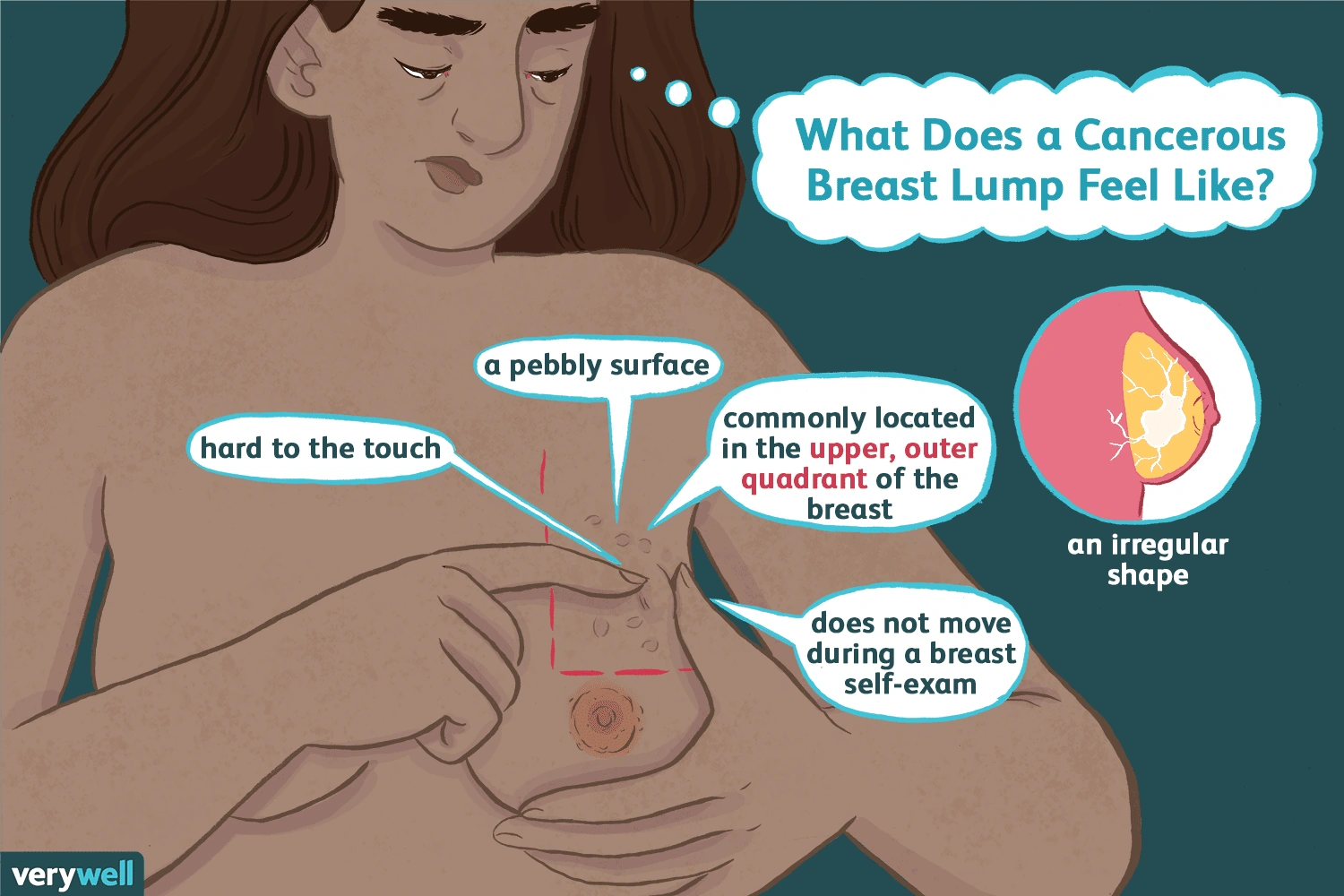

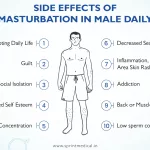
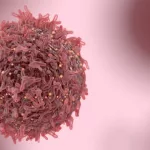
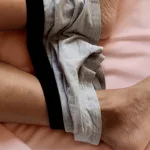
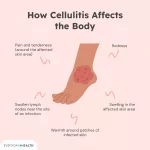

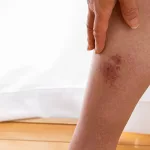
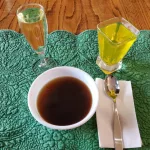
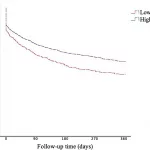







Leave a Reply
You must be logged in to post a comment.